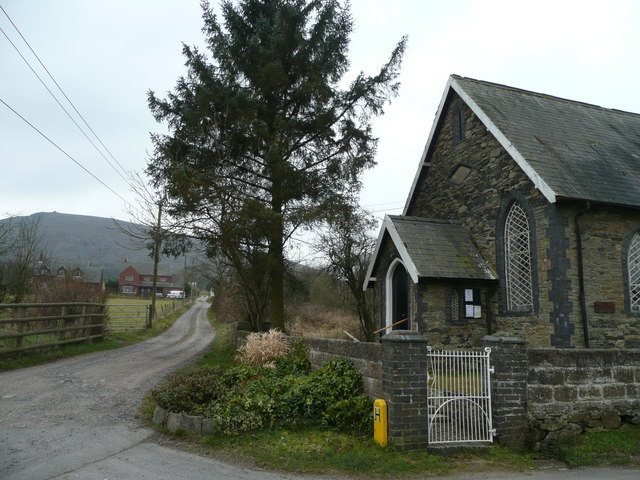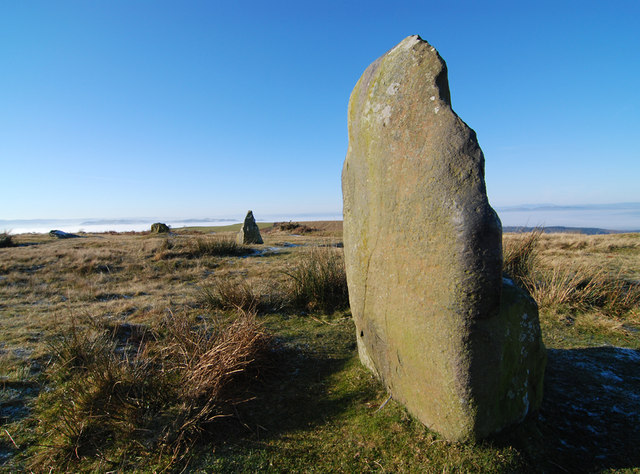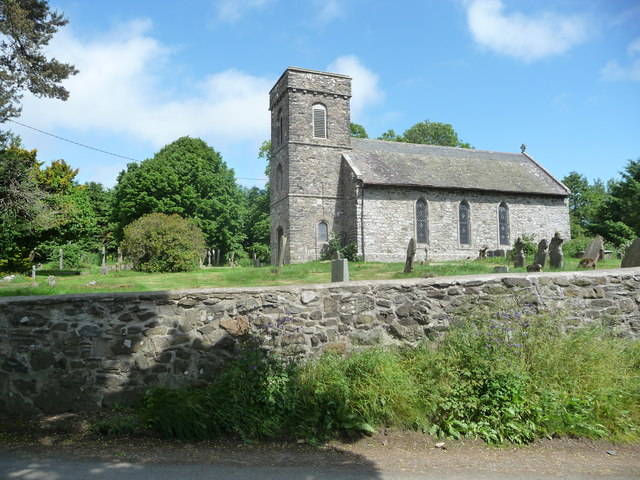Appletree
Settlement in Montgomeryshire
Wales
Appletree

Appletree is a small village located in the county of Montgomeryshire, Wales. Situated in the heart of the picturesque Welsh countryside, it offers a tranquil and idyllic setting for its residents and visitors alike. The village is nestled amidst rolling hills and lush green fields, providing stunning views and a peaceful atmosphere.
Despite its small size, Appletree has a close-knit community that takes pride in preserving the village's rich history and heritage. The architecture of the village reflects its past, with charming cottages and traditional stone buildings dotting the landscape. The village church, dating back several centuries, is a prominent feature and serves as a reminder of the area's historical significance.
Nature enthusiasts will find Appletree to be a haven of natural beauty, with ample opportunities for outdoor activities. The surrounding countryside offers a plethora of walking trails, allowing visitors to explore the stunning landscapes and enjoy the fresh air. The village is also a gateway to nearby nature reserves and national parks, providing further opportunities for hiking, birdwatching, and wildlife spotting.
While Appletree may be a peaceful retreat, it is not devoid of amenities. The village boasts a local pub, where residents and visitors can enjoy a friendly atmosphere and traditional Welsh cuisine. Additionally, a small convenience store caters to the daily needs of the community, ensuring that essentials are readily available.
In conclusion, Appletree is a charming village in Montgomeryshire that offers a serene and picturesque setting. With its rich history, natural beauty, and welcoming community, it provides a perfect escape for those seeking tranquility and a connection with nature.
If you have any feedback on the listing, please let us know in the comments section below.
Appletree Images
Images are sourced within 2km of 52.564084/-3.0017354 or Grid Reference SO3296. Thanks to Geograph Open Source API. All images are credited.






Appletree is located at Grid Ref: SO3296 (Lat: 52.564084, Lng: -3.0017354)
Unitary Authority: Powys
Police Authority: Dyfed Powys
What 3 Words
///adults.bandstand.select. Near Norbury, Shropshire
Nearby Locations
Related Wikis
White Grit
White Grit is a small, scattered village beneath Corndon Hill in Powys, Wales, directly on the border with (and partly in) Shropshire. The nearby village...
Corndon Hill
Corndon Hill (Welsh: Cornatyn) is a hill in Powys, Mid Wales, whose isolated summit rises to 513.6 metres (1,685 ft) above sea level. It has a topographic...
Whetstones (stone circle)
The Whetstones are, or were, a stone circle beneath Corndon Hill in the parish of Church Stoke, Montgomeryshire, Wales, near the border with Shropshire...
Mitchell's Fold
Mitchell's Fold (sometimes called Medgel's Fold or Madges Pinfold) is a Bronze Age stone circle in southwest Shropshire, located near the small village...
Hyssington
Hyssington (Welsh: Isatyn) is a parish in the South-Eastern corner of the historic county of Montgomeryshire in Wales and borders the county of Shropshire...
Stapeley Hill
Stapeley Hill is a sacred saddleback shaped hill in south-west Shropshire, near the village of Priestweston, not far from another landmark, Corndon Hill...
River Onny
The River Onny is a river in Shropshire, England. It is a major tributary of the River Teme. == Etymology == The river's name derives from Welsh and means...
Shelve, Shropshire
Shelve is a hamlet and former civil parish, now in the parish of Worthen with Shelve in Shropshire district of Shropshire, England. It is to the west of...
Nearby Amenities
Located within 500m of 52.564084,-3.0017354Have you been to Appletree?
Leave your review of Appletree below (or comments, questions and feedback).

















